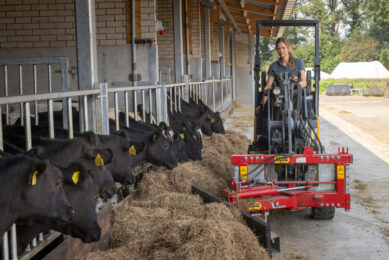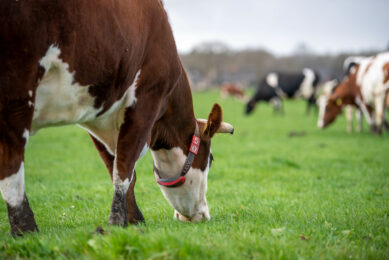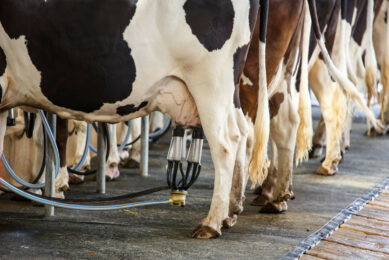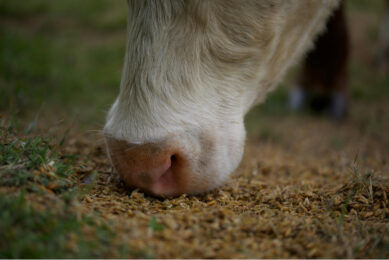Antimicrobial use and mastitis declining on UK dairy farms
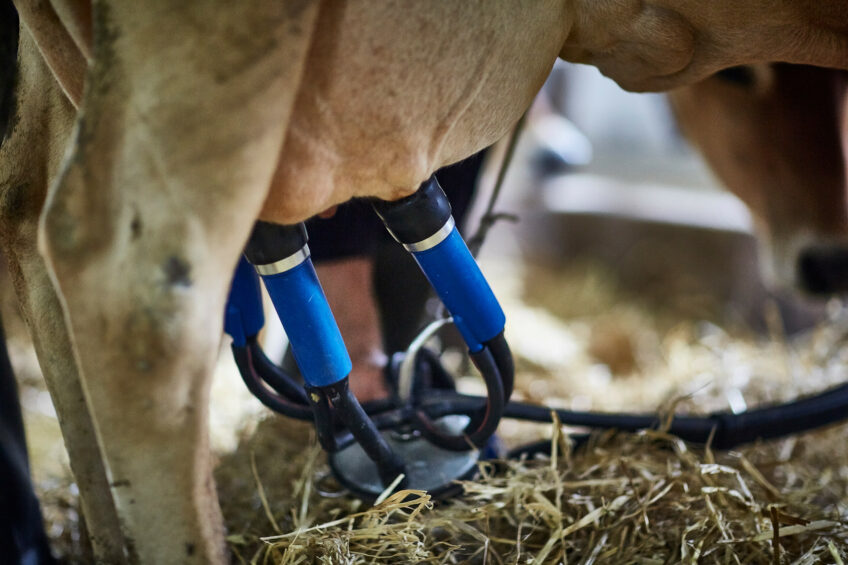
Industry efforts to reduce antimicrobial use in the dairy sector are paying dividends, with on-farm reductions of about a fifth over the past 5 years.
Results released by Kingshay, part of the VetPartners group, found that average total antimicrobial use for 2024 was 12.7 mg/kg PCU, down from 15.7 mg/kg PCU in 2020.
Also, mastitis rates reduced to 26 cases per 100 cows, down from 29 in 2023 and 42 in 2020. Antibiotic dry cow tube use declined by 5.8% in the year to 0.425 DCDVet – the defined course dose – while lactating cow tube usage reduced by 10.2% to 0.386 DCVet.
The 2024 Dairy Antimicrobial Focus Report, based on data from 879 dairy herds across the UK using Kingshay’s Antimicrobial Monitoring Service for the period ending March 2024, shows good progress, but the authors feel more progress needs to be made.
Milk production and herd health
Dr Tim Potter, Westpoint Farm Vets’ senior clinical director and Kingshay report co-author, said the aim was to reduce antimicrobials as much as possible while still maintaining their availability and effectiveness to treat disease.
“We are pleased to report that the latest data suggests that neither herd health or milk production have been impacted by this reduction in use; in fact, as total antimicrobial use has reduced, mastitis rates and bulk somatic cell counts have also reduced, and there hasn’t been a rise in culling for mastitis or an increase in the rate of cows leaving the herd,” said Potter.
“The treatment of mastitis is one of the key reasons for using antimicrobials in the dairy sector, but the fall in the number of cases and associated decrease in tube usage demonstrates the dairy sector’s commitment to addressing the challenge of this disease,” he added.
Report co-author and Kingshay Farm Services specialist, Emma Puddy, said the dairy industry had made huge strides in its efforts to reduce the use of highest priority, critically important antimicrobials and the number of herds using any at all has dropped by nearly threequarters since 2020 to 3.9%.
But Puddy said more could be achieved, especially among the 25% of herds using the most antimicrobials. “The impact of these higher users is significant as they account for 50% of total group usage. Individual farm usage can vary dramatically year-on-year, often in response to disease outbreaks, but the key to continual reductions in the industry is that any increase in usage is addressed at the time with remedial steps to address specific disease challenges.
“It is vital that all UK dairy farmers work closely with their vets to drive down antibiotic use across the board.”
Join 13,000+ subscribers
Subscribe to our newsletter to stay updated about all the need-to-know content in the dairy sector, two times a week.



